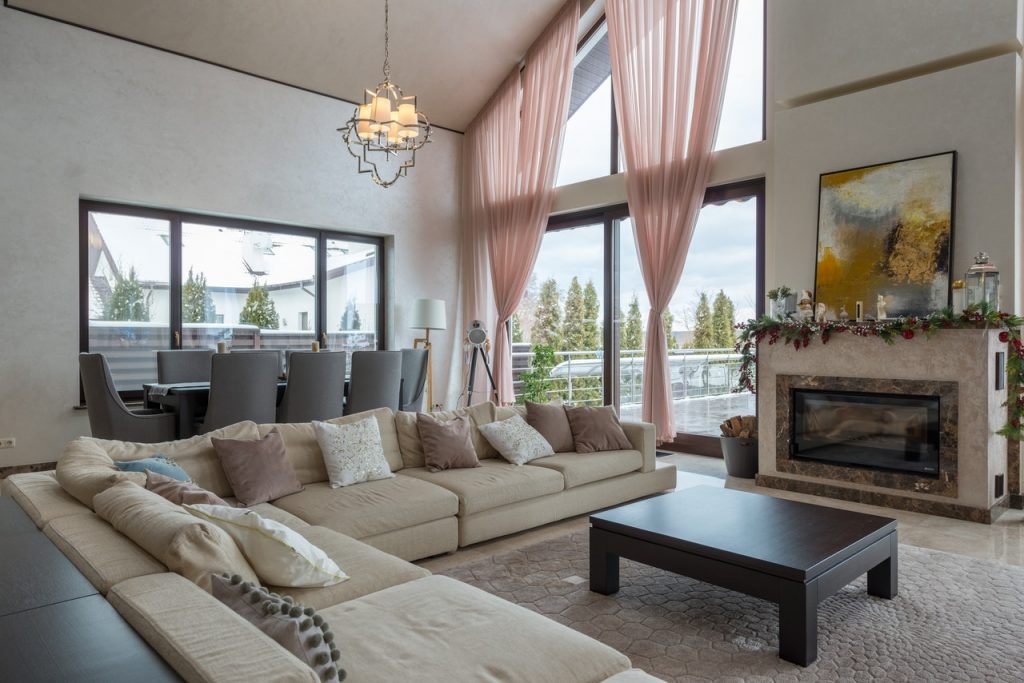We’re bombarded by images of climate change every day. It often seems like our world is on fire, with entire towns and cities going up in smoke. Fires almost always leave a trail of destruction in their wake. But what we don’t know that many of these fires are man-made in nature and are entirely preventable.
There are many causes of house fires, but two of the most common are negligence and accidents. Once a fire can go out of control in under five minutes, which is why it’s important to design homes that are designed to prevent its spread. While there’s no such thing as a fire-proof structure, there are many ways to make your home more resilient to fires. You need to eliminate the conditions that make fires so deadly and destructive.
Proper planning and preparation can go a long way in improving safety while improving energy efficiency. Safety and efficiency go hand in hand if you know where to look and what to do. If you’re shopping for energy plans, you stand to save more if you make the necessary improvements. Here are a few design tips that will make your home safer and more energy-efficient.
1. Get the right extinguisher
All the alarm systems in the world won’t work if you don’t have a way to suppress the fire. And no, water isn’t enough. You can’t use water to fight certain types of fires. The most important tool against fire safety is an extinguisher. Whether you have an electrical fire or an oil fire on your hands, a fire extinguisher can stop the danger at the source. Just make sure that you have the right type of extinguishers in your home.
2. Install an emergency system
Many jurisdictions now require smoke alarms and sprinklers in newer structures. If you live in an old property, you might want to consider installing these security upgrades to keep you and your family safe. You can also go one step further by investing in supplementary technology such as heat detectors and automated fire suppression systems. Some fires don’t emit smoke right away, and a heat detector should prevent small fires from growing.
If you’re building a new structure, you have free rein to design a fire-resistant home. Upgrading an older structure might prove more challenging, however. Nevertheless, it’s important to have an emergency system in place. There should be a smoke or heat detector in every room of your home, including bathrooms.

3. Use the right materials
You need to balance protection and energy efficiency when choosing construction materials for your new home. For instance, some materials might improve efficiency but can also make your home a fire hazard. Meanwhile, protective materials can increase cooling and heating costs. Make sure to ask your architect to incorporate materials that provide the best of both worlds.
For instance, some fire-resistant materials also work as great insulators. If you live in an area with temperature extremes, you can use brick or concrete for the main structure. Metal roofing can help deflect heat during hot days, while roof insulation traps heat during cold nights. Steel windows and security glass can also improve your home’s energy rating.
Since most fires start indoors, I suggest minimizing the use of flammable materials such as plush carpeting. Nobody wants to live in a drab home, however, and there are fireproof fabrics you can use for curtains and other furniture. Finally, make sure to apply flame retardant to any wooden fixtures.
4. Outdoor design is key
Your home’s landscape design is an important component of fire safety. Fireproofing includes both the interior and the exterior, and neglecting one can reduce your fire prevention efforts’ overall effectiveness. For instance, proper landscaping can protect your home from natural and man-made fires.
Let’s say you’re surrounded by vegetation. During the summer, dry grasslands can cause small fires to spread, leaving death and devastation in their wake. Using stone or cement around your home can serve as a fire break, preventing the spread of encroaching fires. Some types of plants can also prevent the spread of fires. Finally, make sure to remove any dry plants and grass, as these can serve as fuel for the fire. Either leave the ground bare or keep it watered at all times.
The bottom line
These four tips will help improve your home’s energy efficiency and protect it from external threats. But it’s not enough to make a home fireproof. You also need to learn basic skills to help increase your chances of survival.
